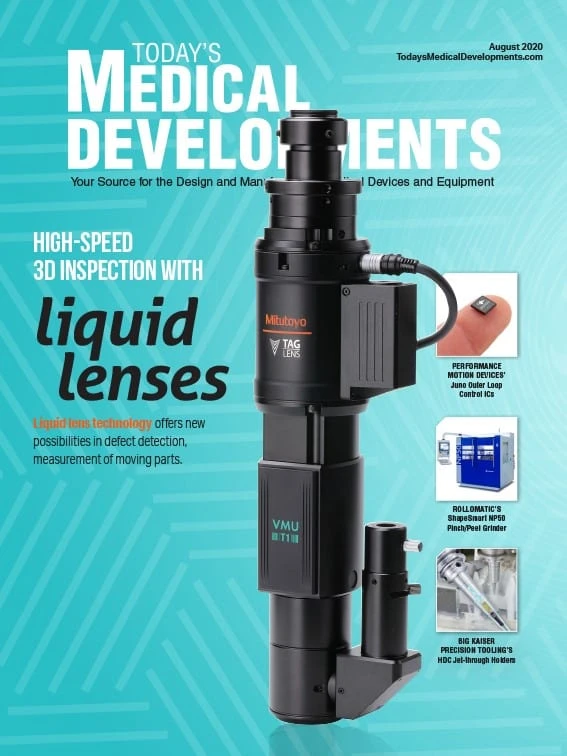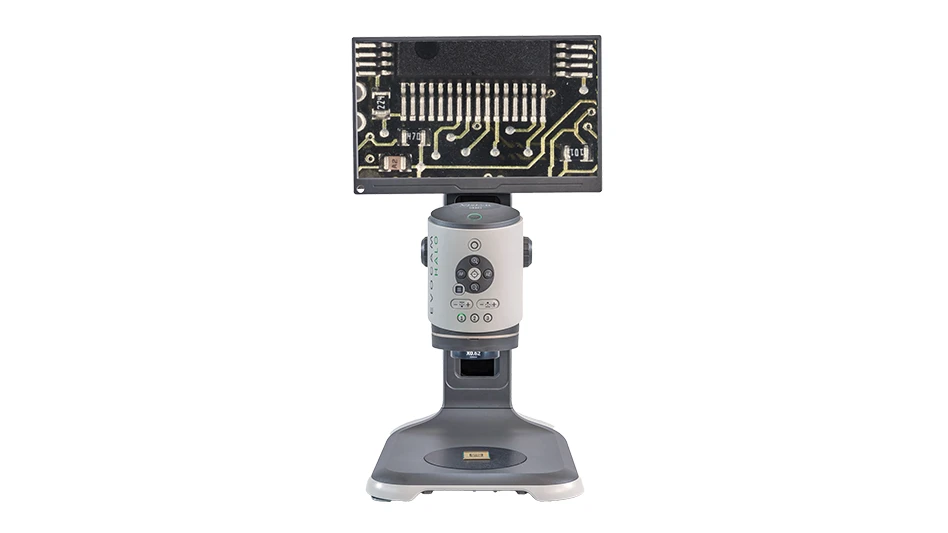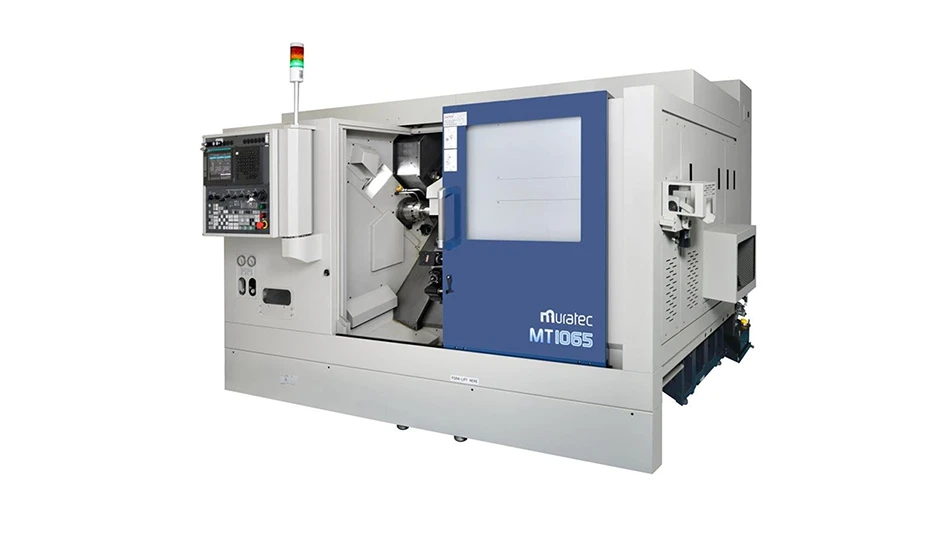
Innovators at the Indiana Next Generation Manufacturing Competitiveness Center (IN-MaC) created a software solution to help manufacturers better predict overall costs and costs associated with layout alternatives and adjustments to their manufacturing processes.
The software is one of several projects underway at IN-MaC focused on the future of manufacturing, with support from the Department of Energy and the National Science Foundation.
“This software came after I spent 15 years in the composite manufacturing world and saw wonderful products being produced that ended up being too expensive to bring to market,” says Jan-Anders Mansson, a Purdue professor of chemical and materials engineering who serves as co-executive director of IN-MaC. “This software is a predictive cost-modeling tool aimed to help manufacturers better understand the overall costs of producing a product, and how changes to the manufacturing process can affect those costs.”
IN-Mac researchers use a drag-and-drop palette of process steps that allows a user to vary the manufacturing process line with alternate configurations, such as equipment, robots, and employees, to see how changes affect the final cost of the product. Each process step is characterized by cost parameters which can be adjusted to study the effects on overall manufacturing costs.
“This software helps manufacturers strategically plan their operations and evaluate changes, all within the scope of understanding how everything affects the total cost,” says Ben Haley, lead network engineer for IN-MaC, who worked with Mansson to develop the technology.
Haley says the software is not a productivity app designed for companies to troubleshoot existing operations.

“The technical cost modeling software is not currently available for manufacturers to use or download or purchase,” Haley says. “It’s still a research tool that we customize for each industrial collaboration.”
The team is working on a web version of the system, along with connecting it to real-time data sensors on manufacturing equipment. Researchers are also exploring ways to integrate machine learning and deep learning into their solution.
Haley reconfigured the software to share with the International Olympic Committee. Using data from the 2016 Games in Rio de Janeiro, he demonstrated how the software could determine costs and configurations based on crowds, security, transportation arrivals, and other parameters.
Mansson is the head of the Manufacturing Design Laboratory, part of the Indiana Manufacturing Institute (IMI) located at Purdue Research Foundation’s Purdue Research Park of West Lafayette.
The Purdue Research Foundation Office of Technology Commercialization filed a registered copyright for the software.

Explore the August 2020 Issue
Check out more from this issue and find your next story to read.
Latest from Today's Medical Developments
- Dassault Systèmes enters next phase of Living Heart Project with AI-powered virtual twins
- Bruker’s X4 POSEIDON advanced X-ray microscope
- #53 - Manufacturing Matters - 2024 Leaders in Manufacturing Roundtable
- Festo Incredible Machine celebrates its premiere at the Hannover Messe
- Join us for insights on one of the hottest topics in manufacturing!
- Turnkey robotic systems are already behind the times
- You can still register for March’s Manufacturing Lunch + Learn!
- HERMES AWARD 2025 – Jury nominates three tech innovations





